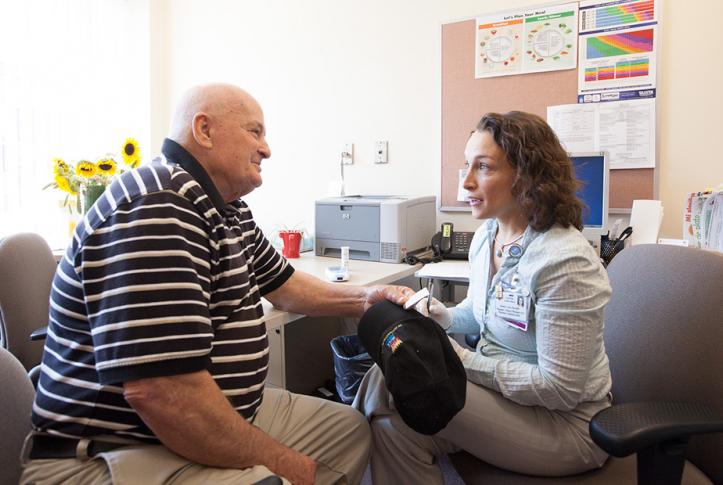The Issue
The patient-centered medical home has shown potential to improve patients’ experiences, improve the quality of care, and boost efficiency. But to achieve maximum benefits, practices must adopt the model’s crucial components, such as a population registry to group patients by diagnosis or a referral tracking system to improve coordination among a patient’s providers. Commonwealth Fund–supported researchers used accreditation survey data to assess the adoption of these so-called structural capabilities in 30 small and medium-sized primary care practices participating in medical home pilot programs in Colorado, Ohio, and Rhode Island.
What the Study Found
On average, the practices earned a total score of 73 points (of 100) for their structural capabilities at baseline. The greatest differences between the high- and low-performing practices were in electronic prescribing, patient self-management support, and care management standards. The research team measured the capabilities in the Rhode Island practices again at 24 months. These practices had an average score of 42 at baseline but improved to an average of 90 by the end of year 2.
After interviewing leaders at medical home practices, the researchers found four factors that appeared to facilitate adoption of structural capabilities: payment incentives, technical assistance from transformation coaches, participation in a learning collaborative, and the availability of data to support performance management and quality improvement.
Conclusions
The study’s results suggest that small to medium-sized primary care practices can build the capabilities needed to become patient-centered medical homes in a relatively short time.
